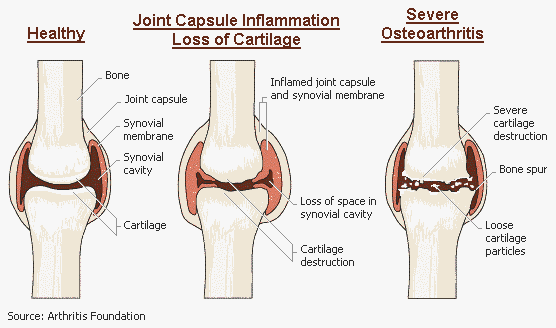- This forum has 11 topics, 11 replies, and was last updated 2 weeks ago by .
Viewing 11 topics - 1 through 11 (of 11 total)
- Topic
- Voices
- Last Post
Viewing 11 topics - 1 through 11 (of 11 total)
- You must be logged in to create new topics.
An online horse care and health guide
Welcome Guest! Do you need a reliable equine reference you could use at home, at the barn, even on the trail? Still have questions? How about access to a experienced equine veterinarian? You are 60 seconds away from access!
Come Join Us we have several options and the first month is FREE!
By the way, when you join not only is the whole site yours to enjoy but these ads disappear!
 |
The rate of culling due to bone spavin in Icelandic horses: Survival analysis
In a field survey, 614 healthy and sound Icelandic horses in the age range of 6-12 year (mean age 7.9 year), and in use for riding were examined radiographically and clinically for OA in the distal tarsal joints, to estimate the prevalence and clinical relevance of the disease in the riding horse population, to evaluate the effect of potential (environmental and intrinsic) risk factors and to estimate the heritability of the disease. Radiographic signs of OA in the distal tarsal joints (RS) were found in 30.3% of the horses and hindlimb lameness after flexion test of the tarsus was found in 32.4%. There was a significant correlation between the two diagnostic methods and 16.4% of the horses had both of RS and lameness after flexion test.
The survival culling rate of the horses in the five following years was significantly affected by RS and horses with the combination of RS and a positive flexion test had the poorest prognosis. A survival analysis was used to compare the culling rate of Icelandic horses due to the presence of radiographic and clinical signs of bone spavin. A follow-up study of 508 horses from the survey five years earlier was performed. In the original survey 46% of the horses had radiographic signs of bone spavin (RS) and/or lameness after flexion test of the tarsus. The horse owners were interviewed by telephone. The owners were asked if the horses were still used for riding and if not, they were regarded as culled. The owners were then asked when and why the horses were culled. During the 5 years, 98 horses had been culled, 151 had been withdrawn (sold or selected for breeding) and 259 were still used for riding. Hind limb lameness (HLL) was the most common reason for culling (42 horses). The rate of culling was low in all groups up to the age of 11 years, when it rose to about 5% a year for horses with RS about twice the rate of without RS. The risk of culling (prognostic value) was highest for the combination of RS with lameness after flexion test, next highest for RS and lowest for lameness after flexion test as the only finding. It was concluded that bone spavin affects the duration of use of Icelandic horses and is the most common cause of culling due to disease of riding horses in the age range of 7-17years
The prevalence of RS was strongly correlated to age and tarsal angle (increased as the tarsal angle decreased). The birthplace was also significantly associated with RS, and considered to be an indirect genetic effect. The prevalence of lameness after flexion test was not influenced by age but a significant effect of sire was established. The prevalence was higher for horses that were broken to saddle late (6 year or older) and for horses that had not participated in a stud show. The heritability of age-at-onset of RS, reflecting the predisposition for OA, was estimated to be 0.33 and a similar figure was found for the heritability of lameness after flexion test.
It was concluded that bone spavin is a common disease in Icelandic horses affecting their durability, although often subclinically manifested. The high prevalence of histological findings in the young horses (1-4 year) and radiographical findings in the 6-12 year old horses demonstrated a progressive nature of the disease although the progression may be slow. The initiation of the disease was unrelated to the use of the horses for riding and workload was not found to effect the development of the disease negatively. The medium high heritability together with the association to the tarsal angle and the radiographic pattern of uneven distribution of load in the CD joint, strongly indicate that poor tarsal conformation or architecture of the distal tarsal joints is the main etiological factor of the disease. |